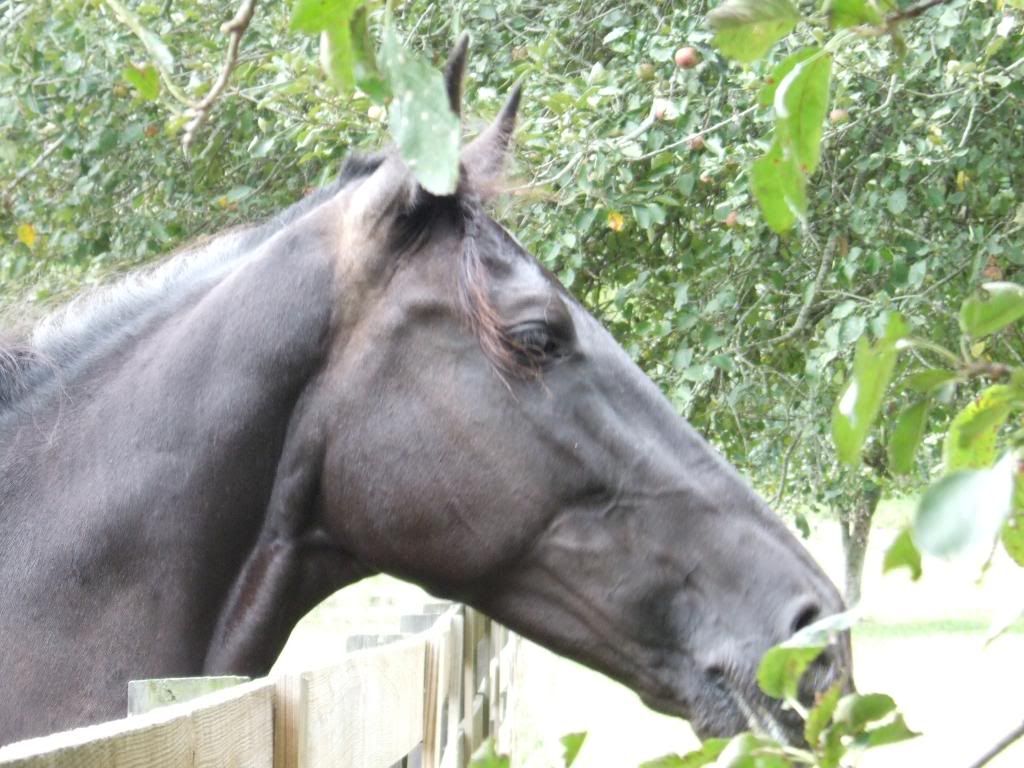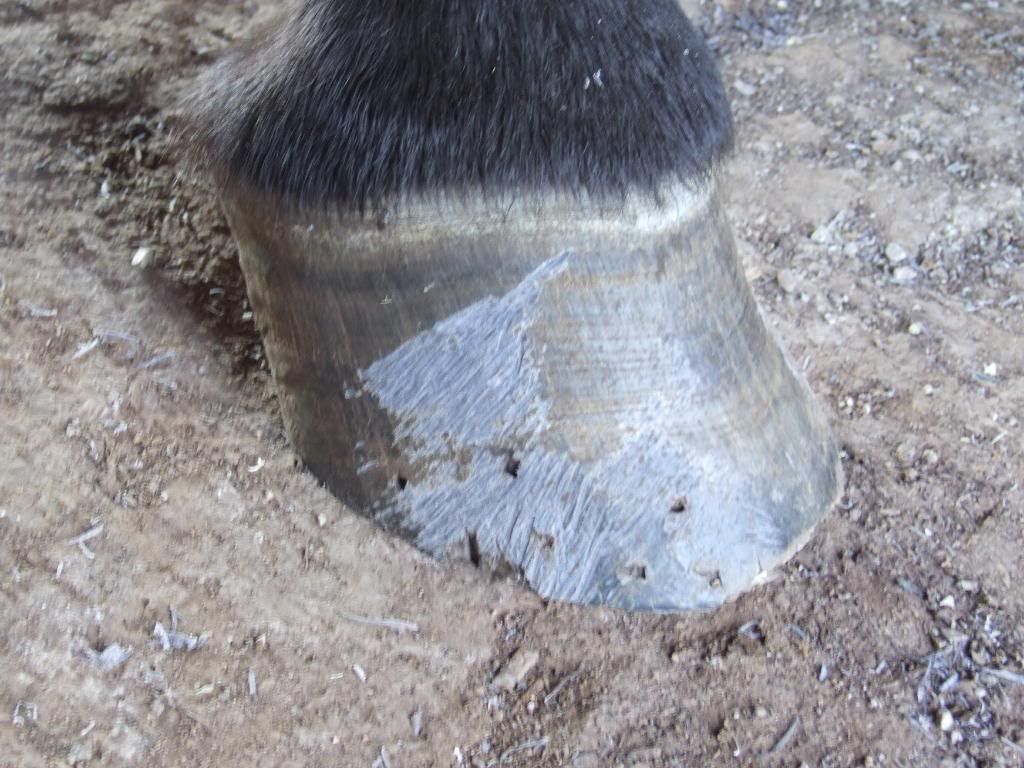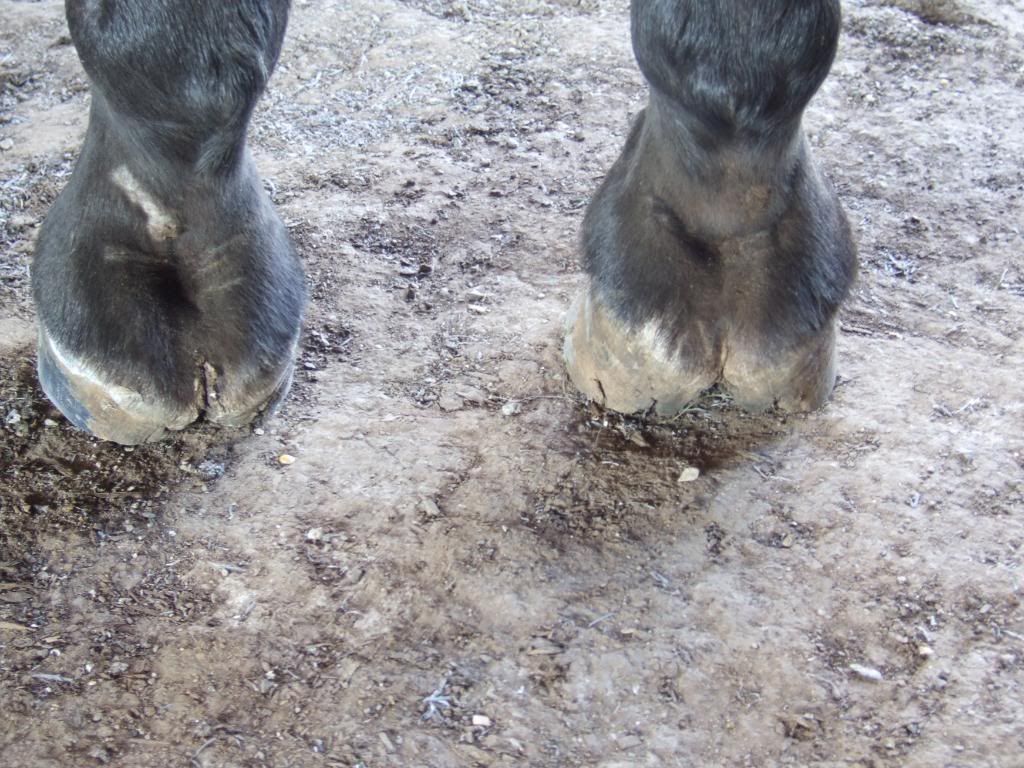This is an anonymous interview from the 2009 Sound Horse conference. This person agreed to call in and tell what he/she knew of the industry. He was the owner of 20+ padded show horses.
Interviewer: the purpose of our call today is to talk about the, problems of soring in the Tennessee
walking horse breed, and perhaps related breeds, and I understand, caller, that you have
some information relating to that. Is that correct?
Horse Person: I hope so. I have been a padded horse owner. And, I no longer have them, but I know
quite a bit about it.
Interviewer: …how long were you a padded horse owner?
Horse Person: For about 5 years.
Interviewer: OK. Do you still own Tennessee walking horses or other gaited horses?
Horse Person: Yes, sir, Tennessee walking horses.
Interviewer: Could you tell me a little bit about…going back to the time when you were a padded horse
owner and were showing horses in padded horse classes…whether you have any knowledge
of soring practices or other practices that might fairly be expected to cause the horse to
suffer pain.
Horse Person: Oh…yeah. Umm, all of…every colt that I ever put in padded training was sore…every
one of ‘em…because they were competitive.
And anything that’s gonna be competitive where I am, which is Kentucky, Tennessee, and
Alabama, if you’re gonna show there, you’re gonna have a sore horse if you wanna compete.
Everything from, you know, just typically…an easy horse to sore is just a Go-Jo. You know,
that’s one that…pretty natural horse. One’s that are harder, they’ll fix ‘em all the way
around. I’ve had colts that have…I’ve caught standing in buckets of ice because they wanted
to show ‘em in 2 days and they had purposely foundered ‘em.
Interviewer: I think you used the term “Go-Jo.”
Horse Person: Uh huh. It’s a very mild hand cleaner that people use. But if it’s put on a horse and
wrapped, then it’s used in other ways. Just like CopperTox which is for horses, but used the
wrong way it’ll sore horses.
Interviewer: OK. Do you have personal knowledge that Go-Jo or CopperTox or both of them were used
on your colts when you were showing?
Horse Person: Yes. Yeah. It was common practice.
Interviewer: OK. Could you describe in a little bit more detail exactly what the technique was to use
these, these substances?
Horse Person: I really…you know, I didn’t…it was kinda turnin’ a blind eye for me.
2
And by the next day, it’s soaked in enough to where they’re tender enough the chain is
gonna do what they need it to do and really cause ‘em, every time the chain touches them it
hurts.
Horse Person: So that even, even when you wash it all off the next day, it’s deep enough to where it’s
still gonna bother them. Their soreness is still gonna bother them.
Interviewer: How frequently was this done, to your experience?
Women: Weekly.
Interviewer: To the horses that you had in training?
Horse Person: Weekly.
Interviewer: OK.
Horse Person: It was done before every time they were shown.
Interviewer: OK. Do you know how far in advance of the show that they would start doing this?
Horse Person: Ah, typically they’d do it Monday through Wednesday and that way Thursday and Friday
they could work ‘em. And by Saturday…but it depended on the horse. If the horse needed a
harder fix, they would do it later in the week so that they still had the results from it for a
Saturday night show, if need be.
They’ll find some…I’ve seen kerosene used. I’ve seen…some of ‘em I don’t even
understand how it can work because they’re bandaged, but it’s common things that you can
buy at any hardware store or any grocery store. And that’s the beauty of it for them is that
it’s easy to get ahold of.
. Diesel, kerosene…they’ve, I’ve…I’ve got a friend that her horse they’ve used jet fuel on
‘em. Don’t ask me how you’d get that, but they do.
Horse Person: Umm, anything that can be an irritant that they can, you know, set and let, get it deep in
on ‘em, they’ll use.
Interviewer: Uh huh.
Horse Person: Whatever it takes to get what they want.
It always depended on the horse. And a lot of times they would go back, like they’d work
the horse afterward. And if the horse wasn’t breakin’ level, they would fix the leg that
wasn’t goin’ as high. And they’d fix it harder. It is an art.
Interviewer: OK. Do I understand, then, that depending on how the horse reacted, they might use
somewhat different kinds of treatments or different intensity of treatment on different legs?
3
Horse Person: Yes. Yes. Definitely. Everything about it is how the horse reacts, and each one of ‘em is
different. I’ve had a horse that didn’t react to the topical way of doin’ it, and so he was
foundered. And he reacted wonderful to that. And it was after I owned him. But, he was a
foundered horse shown every Friday night. And after he foundered, another trainer took him
and started fixin’ him on top of it, and they killed him.
Interviewer: How did you become aware that the horse had foundered?
Horse Person: It was just told to me, like that was…oh, that’s an easy way to do it. It’s a natural fix.
That was the words—it was a natural fix.
It was a horse that I had raised and sold to this trainer.
Interviewer: Oh, I see. OK.
Horse Person: And I checked on the horse to see how he was doin’ because I had raised him. And he
was standin’ in buckets of ice because you had to whip him, they whipped him to get him to
cross ties because he didn’t wanna walk.
Interviewer: Uh huh.
Horse Person: But it’s a natural way for a horse to throw their leg on their back end.
Interviewer: Uh huh.
Horse Person: And I was appalled, and he explained it to me.
Interviewer: OK. Was this something that has happened since you’ve stopped showing padded horses
competitively?
Horse Person: That’s what made me stop showing.
Interviewer: OK. And could you describe what you know about pressure shoeing?
Horse Person: Only the after result. I had it with a…I had horses with a name brand trainer and moved
‘em, and both horses, um, busted open quarter size holes in the fronts of their feet because of
the way they had ‘em shod.
Interviewer: When you say the fronts of their feet, do you mean in the hoof itself?
Horse Person: Yes, the hoof wall. Yes.
Interviewer: OK. So the hoof wall split?
Horse Person: Right below the pastern.
Horse Person: It’s just common knowledge here that that happens if it, after so long…you know, it’s
like an abscess. It’s gonna come out somewhere.
4
Interviewer: I see. Were you aware of exactly how the pressure shoeing was accomplished on this horse?
Horse Person: No. No, I wasn’t.
That’s kinda the sick part. There’s so Interviewery veterinarians that are, they’re involved
enough with it and know how things work, it’s just brushed off to where…ok, soak it a
couple days and he’ll be fine. Go back to doin’ what you’re doin’. So it’s not treated as…it’s
not appalling here.
Interviewer: another topic that is often discussed concerning soring practices is the topic of scars and
what may be done about scars. Do you have any knowledge about that topic?
Horse Person: Acid packs.
Interviewer: OK. Could you describe what you mean by that?
Horse Person: They’ll apply acid and wrap it, and leave the horse over the weekend. And it’s horrible.
It’s…a lot of times it’s a kill ‘em or cure ‘em type thing, um, just simply because the horse
is gonna be down. It’s excruciating, evidently. And that way the…it depends on how much
they put on, but the top few layers of skin will peel off so that everything will come back
new.
Interviewer: Uh huh.
Horse Person: But…
Interviewer: Is that a technique that you knew was ever used on any of your horses?
Horse Person: I’ve never seen it but I always…anybody that has padded horses knows it…they know
what goes on. It’s just whether or not they admit it. At the time I wouldn’t. No. But yes…
…everybody knows they do. Everybody knows what it takes to get rid of it. And that’s somethin’
you just leave to those that know better, which is the trainer.
Interviewer: Well, but as I, as you’ve explained it to me, at least as I understand it, is that there’s sort of a
common unspoken understanding of what goes on…
Horse Person: Yeah. Everybody knows. If they’re at all an involved owner, they know it’s happening
but they don’t want to know and they don’t…it’s out of sight, out of mind, and let the trainer
do his job and get you that ribbon.
Interviewer: How Interviewery horses did you have during that period?
Horse Person: Ohhh…probably 20 at least.
Interviewer: Alright. Do you have any estimate of, or any knowledge about, out of the, let’s say 20 or so,
how Interviewery of them were subjected to soring practices of one kind or another?
5
Horse Person: All of them. Every one of ‘em. Lots of ‘em died before they were ever even able to be
shown because somebody started ‘em too young and they couldn’t take it.
Interviewer: And what happened? Did they founder or something like that that caused their early deaths?
Horse Person: Three or four of ‘em. It got to the point I wouldn’t call and check on ‘em, because it
seemed like every time I’d sell a baby somebody would kill it. Some of ‘em were started at
13 months old. One in particular was a 13-month-old and by the time he was 15 months old,
he had sold for a lot of money. And by the time he was 16 months old, he had blew his
knees and he was done. Others were, you know, started…they’re typically always started 14,
15 months…always here. And they just can’t take it. A lot of ‘em can’t take it and they’ll
colic and die. Colic is the #1 killer.
Horse Person: Every time my horses showed, they were sore. Every time. There was never a time they
showed clean. Ever. And every time, they passed inspection with flying colors.
Because the trainer picks the shows. And if the government, if they show up then the horses
that you know probably won’t stand, you don’t get off the trailer. And if you have a trailer
full of horses that won’t stand, you leave.
.I would tell you that Kentucky, Tennessee and Alabama are the worst. But I see more, you
know, off the wall training practices and more horrid training practices in Kentucky and
Alabama because they’re further away. And Tennessee knows the threat a little more than
Kentucky and Alabama does. So you can see the worst stuff in Kentucky and Alabama. And
it goes on in Tennessee, but you don’t see it. It’s not as blatant.
Interviewer: Are you aware of anything about soring practices that might take place in those kinds of
classes, whether they’re trail classes or pleasure classes or things like that?
Horse Person: Only the pressure shoeing.
Interviewer: Uh huh.
Horse Person: That’s, that’s the only thing that I’m aware of. And I hear more about it and blockin’ ‘em,
and I can’t even go into that because I don’t even know enough about it to tell you anything.
Interviewer: Is there anything that we haven’t talked about so far that you’d like to communicate
concerning this problem or what might be done to stop it?
Horse Person: No, not off hand. As long as it’s stopped at some point, I’ll be thrilled.
The past is the past
2 years ago




